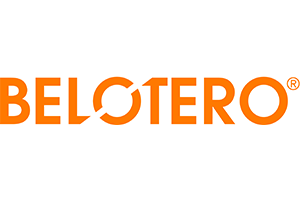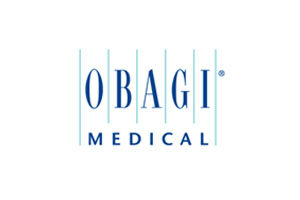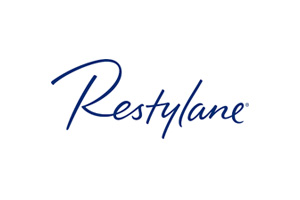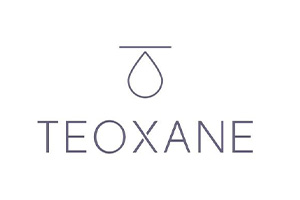I’ve always been mindful of trying to avoid having patients leave my clinic with a bruise or mild swelling; long ago investing in an expensive, high tech gadget which shows where veins are located underneath the surface of the skin. I strive to minimise the risks as much as possible.
However, it remains an unfortunate truth that occasionally – no matter how careful, how experienced and how skilled the practitioner – a patient may bruise after an injectable procedure. As we age, skin becomes thinner and blood vessels more fragile. You may suddenly find you are more likely to bruise in your 40s than you were in your 20s and 30s. While some people just naturally bruise more easily when a needle is used to pierce the skin.
There are some steps you can take to try and minimise your risk of a bruise. I would advise you avoid taking certain popular supplements for a few days prior to your treatment. Products such as Omega fatty acids, fish oils, St John’s Wort, Turmeric, Ginkgo Biloba and Vitamin E, to name just a few, can all thin the blood and may increase the risk of a bruise. The same applies to certain painkillers (Aspirin and Ibruprofen). Alcohol is best avoided before and after an injectable treatment too.
You need to ensure you have fully completed your Medical History to include prescribed medications and any supplements you currently take. If you are taking blood thinning medications as prescribed by your doctor, we need you to tell us before your appointment. You should not stop taking them.
If you do sustain any bruising or swelling, I will apply an ice pack in clinic. You should then ice the area again once you get home. Ice cubes or the little re-usable ice packs for packed lunch boxes work well. A thin layer of protection should be used between the ice and the skin, such as putting the ice into a small plastic bag. Applying Arnica or Vitamin K cream to a bruise can also help it to fade a little faster. After 48 hours, applying a warm compress two or three times a day may help promote blood flow and assist in clearing the bruise more quickly.
It is important to understand that no practitioner can ever give patients a 100% guarantee that they will never bruise after an injectable procedure. For this reason, we cannot reiterate strongly enough that you need to factor in plenty of time if you are booking a treatment prior to a holiday or an important social event.

 Step 1
Step 1




